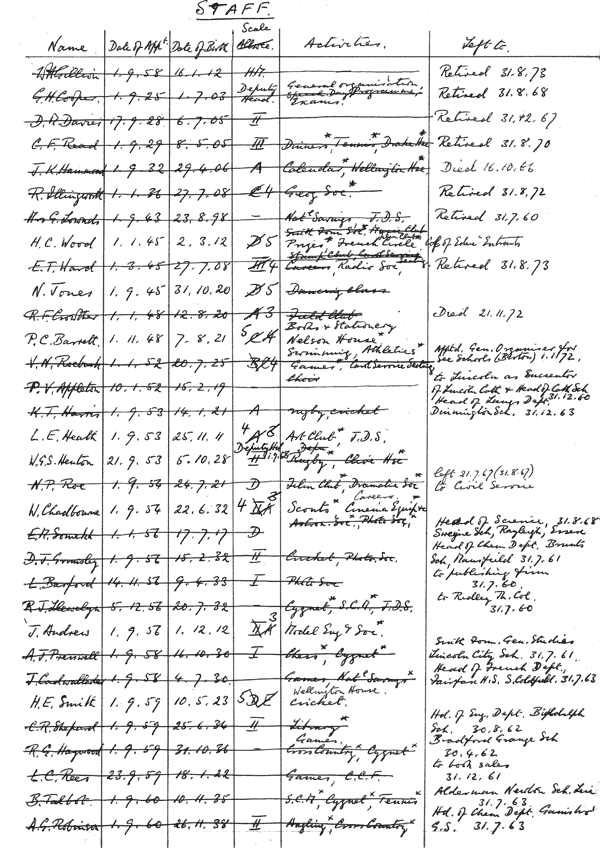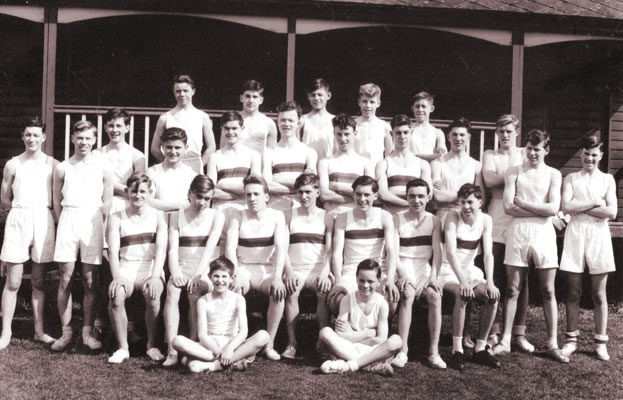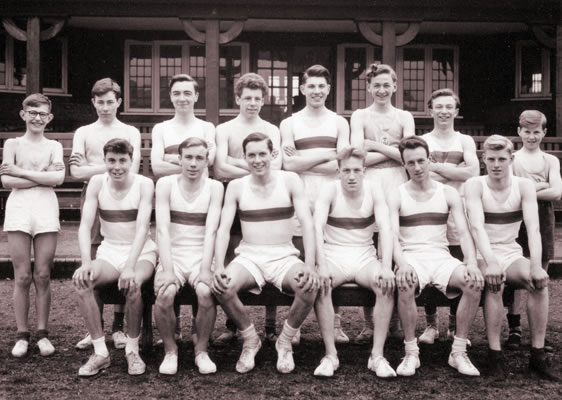David Mart
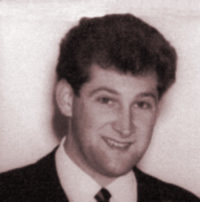 David Mart was born in Ashby before moving to Stapenhill where he attended St Peter’s Junior school. His father was a grocer and managed a store in the centre of Burton for a number of years before eventually becoming a manager for Fine Fare supermarkets and having responsibility for around 50 stores.
David Mart was born in Ashby before moving to Stapenhill where he attended St Peter’s Junior school. His father was a grocer and managed a store in the centre of Burton for a number of years before eventually becoming a manager for Fine Fare supermarkets and having responsibility for around 50 stores.
When David started school, with a birthday in July, he should have been one of the oldest in the class but it was decided that he should be able to cope with the work a year above and so started school early.
In 1956, David went to Burton Grammar School but, effectively a year ahead of himself, it sometimes proved a struggle to be the youngest in the class. His greatest love was Mathematics which he largely attributes to the inspiration of his maths teacher of the time, a certain Harry ‘Brab’ Smith!
David left the Grammar School in 1963 with a fixed mind that he was going to himself teach Mathematics. He qualified from Borough Road College in 1966 and was delighted some five years later to be given the opportunity to be a member of Harry Smith’s team at the Winshill Grammar School in 1971. He confesses to finding it a little daunting at first, going into the Staffroom with many of his old teachers who were now colleagues. It didn’t take long however, to feel like a member of staff rather than a pupil.
 Mr Mart faced more of challenge than he at first perhaps anticipated. He had taken over from Mr James (Jomo) Moore whose lessons had been riotous and everyone was very considerably behind the expected syllabus and had grown comfortable with the culture that Maths was something of a free-for-all. To this day, my first lesson with Mr Mart provides me with a very clear memory of the school as he very successfully asserted himself where Mr Moore had failed. Maths lesons were suddenly very different with a necessarily increased workload to make up for lost time.
Mr Mart faced more of challenge than he at first perhaps anticipated. He had taken over from Mr James (Jomo) Moore whose lessons had been riotous and everyone was very considerably behind the expected syllabus and had grown comfortable with the culture that Maths was something of a free-for-all. To this day, my first lesson with Mr Mart provides me with a very clear memory of the school as he very successfully asserted himself where Mr Moore had failed. Maths lesons were suddenly very different with a necessarily increased workload to make up for lost time.
I can put hand on heart and say that this had a big influence on my life. Unknowingly, I had a reasonably strong natural ability for maths. The ‘O’ Level most had once dreaded turned out to be something of a breeze and I went on to take a number of mathematically intense higher education courses and fairly maths dependent Engineering career with good confidence. It is partly in gratitude for such influences that I felt that this website was worth doing. Thank-you David!
At the end of his first year, I can remember our class making the unprecedented gesture of clubbing together to purchase a bottle of wine to present to him. Ironically, David also has a clear recollection of this as the first gesture of the start of being accepted by pupils as someone who could help them learn if they were prepared to put in a little effort.
He also recalls his first 4A being academically challenging in a way that he thoroughly enjoyed and hadn’t experienced before; and 5C being equally challenging in a different way… but a great bunch of lads !?
 He took time away from Burton Grammar School in order to get a degree at Nottingham University. During his time away, the school had undergone the transition from the Grammar School so when he returned, it was to the newly created Abbot Beyne Comprehensive school. This provides him with a fairly unique history with the school; seeing the changeover from Bond Street to Winshill School as a pupil and later, seeing the changeover from Burton Grammar School to Abbot Beyne Comprehensive School as a teacher.
He took time away from Burton Grammar School in order to get a degree at Nottingham University. During his time away, the school had undergone the transition from the Grammar School so when he returned, it was to the newly created Abbot Beyne Comprehensive school. This provides him with a fairly unique history with the school; seeing the changeover from Bond Street to Winshill School as a pupil and later, seeing the changeover from Burton Grammar School to Abbot Beyne Comprehensive School as a teacher.
Life, he recalls, was very different and demanded entirely new skills. He proved however, to be well equipped and made good progress in the new regime. He soon became Head of Year and, after going on to gain a Masters Degree from Nottingham, became ‘Pastoral and Academic Coordinator’ before finally being appointed ‘Assistant Headteacher’. He finally retired in 2005.
David still lives in Newhall with his wife, Gill of over 40 happy years. He has two children and three grandchildren who live in New Zealand.



 It is even possible to convert black and white photos into a colour one although it is a time consuming process. This example shows a brief extract of the same 1968 intake photo.
It is even possible to convert black and white photos into a colour one although it is a time consuming process. This example shows a brief extract of the same 1968 intake photo.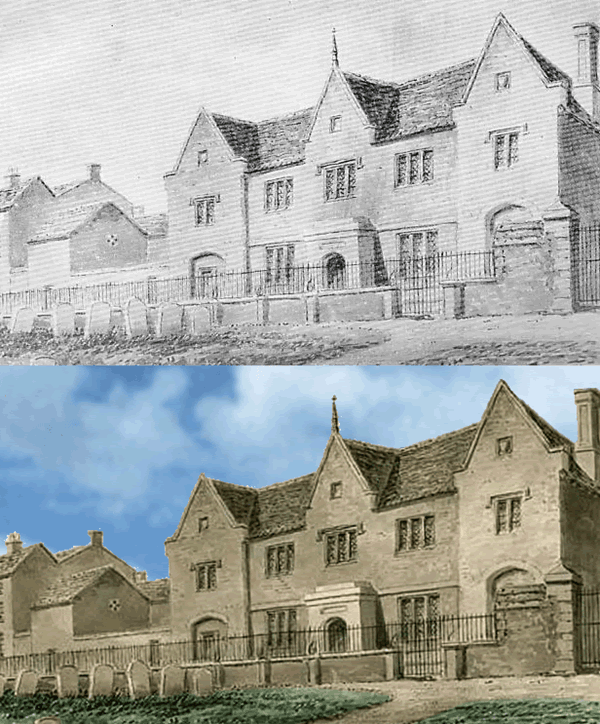
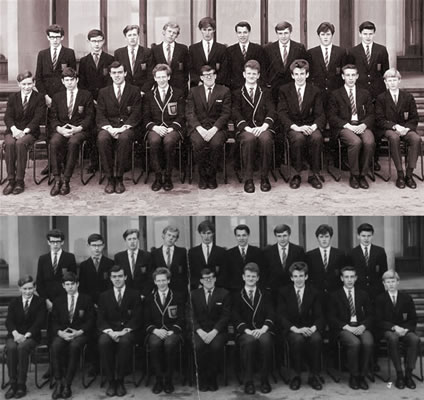 Whilst I try to keep the picture quality of this website as high as possible, images are sometimes of lesser quality than I would like. I can assure that this is not through my being lax; it is because I sometimes have poor quality sources to work from.
Whilst I try to keep the picture quality of this website as high as possible, images are sometimes of lesser quality than I would like. I can assure that this is not through my being lax; it is because I sometimes have poor quality sources to work from.